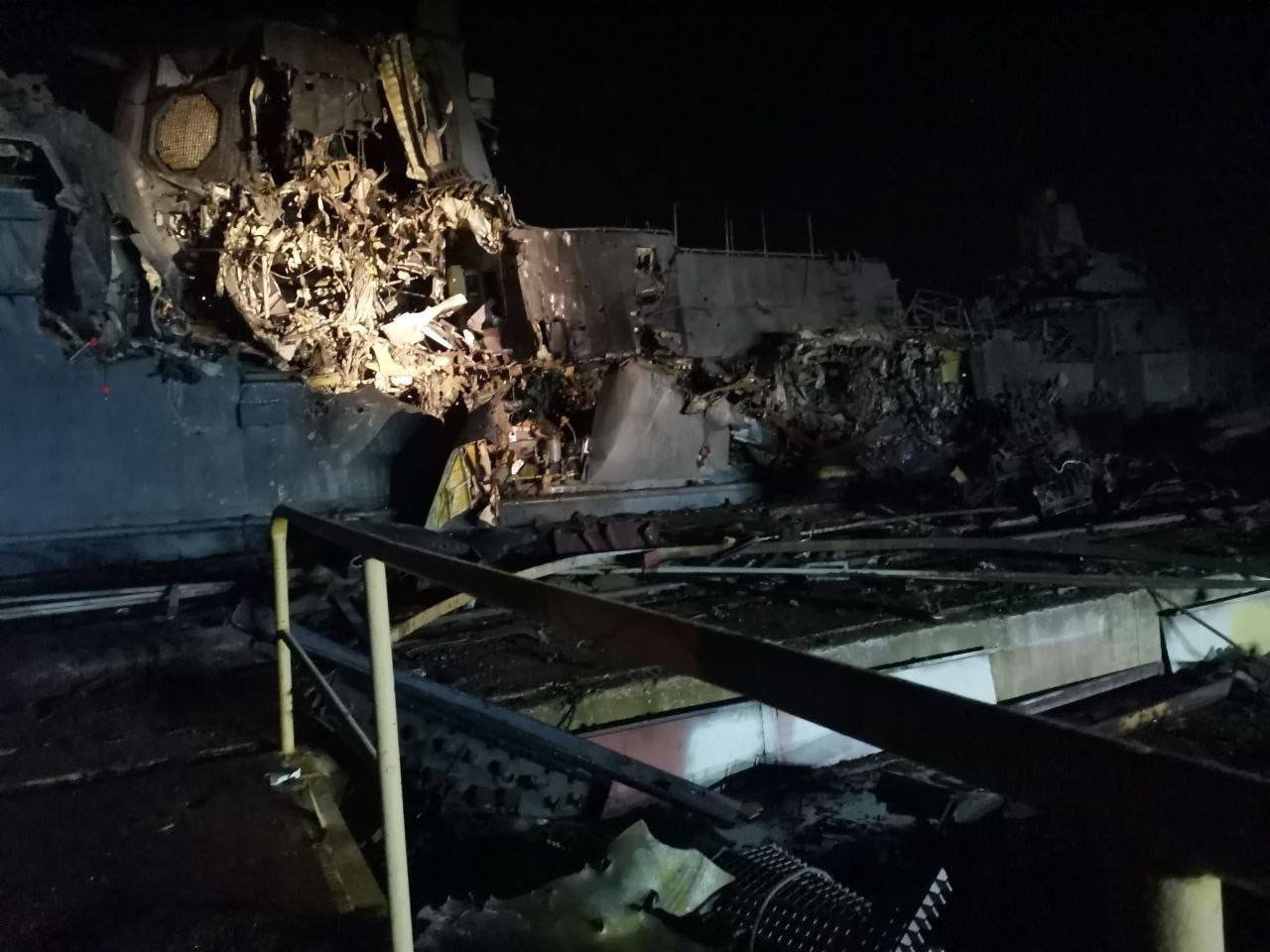Days after a Russian missile carrier ‘Askold’ was attacked and “damaged beyond repair” in a Ukrainian missile attack, Russia has retaliated by positioning more Kalibr-carrying vessels in the Black Sea.
On the evening of November 8, the Defense Forces of southern Ukraine reported that the Russian Army had deployed three launch vehicles carrying twenty-four Kalibr missiles on combat duty in the Black Sea, Interfax Ukraine report said.
“Now the enemy has put only three surface missile carriers (small missile ship) equipped with 24 Kalibr missiles,” read a message published on the Southern Defense Forces Telegram channel. Kalibr cruise missiles are generally fired on high-value targets inside Ukraine’s port cities from Russian warships and submarines.
One of Russia’s most sophisticated and accurate cruise missiles, the Kalibr, can launched from both the air and the sea. The missiles have an effective range of more than 2,500 kilometers or 1,550 miles on land and about 375 kilometers at sea.
Russia frequently fires missiles from the Black Sea, which has, in turn, provoked the Ukrainians to attack the Black Sea Fleet, which has headquarters in Crimea.
The Kalibr missiles move independently along predetermined courses, mainly horizontally and at low altitudes, to breach the air defenses of immobile ground targets. Satellite connectivity allows them to alter their course while in flight. Cruise missiles are typically much more accurate than ballistic missiles.
Andriy Yusov, a spokesman for Defense Intelligence, earlier claimed that Russia only has 7% of its Kalibr missile arsenal left after using most of them in repeated airstrikes against Ukraine’s vital infrastructure. However, it continues to deploy missile carriers laden with these cutting-edge missiles, giving the Ukrainians a run for their money.
The latest deployment of three Kalibr missile carriers in the Black Sea is, however, brave as it comes after a lethal Ukrainian missile attack that struck a Russian warship, Askold in Kerch city—EurAsian Times recently reported that the images of the warship indicated that it had been damaged beyond repair.

The image, which has gone viral on social media, shows the Project 22800 Karakurt-class Corvette Askold with extensive damage to its port side, including its superstructure and mast, which sports its radar arrays.
The image also shows significant damage to the dock where the Askold, designed to carry eight Kalibr cruise missiles, was berthed at the Zaliv shipyard in the Crimean port of Kerch. The Russian Navy had not yet commissioned the new ship.
In the latest assessment published on November 7, the Institute for the Study of War (ISW) has observed that since June 2023, Ukrainian forces have been fighting to destroy Russian military installations in occupied Crimea, especially those that are owned by the Russian Black Sea Fleet. The goal of these relentless attacks is to reduce Russia’s capacity to use Crimea as a rear base and bridgehead for operations in the south of Ukraine.
With Kalibr missile carriers posing the most trouble for Ukrainian forces, it might make sense why the latter wants to obliterate them. Ukraine’s Defense Intelligence Directorate (GUR) claimed in March that an explosion in the Crimean city of Dzhankoi destroyed “multiple” Russian Kalibr cruise missiles as they were being transported by rail. These Russian cruise missiles were reportedly meant to be employed by the Black Sea fleet.
Meanwhile, as the hostilities refuse to abate and tensions continue to escalate, Ukraine’s attempt to join the European Union has been boosted. The bloc’s executive body hinted that detailed negotiations will begin next year.
Ukraine’s Membership Of European Union
Almost eighteen months after the EU admitted Ukraine as a candidate state, the European Commission reported that the so-called accession discussions are expected to begin by next year. The same report advocated that the process should start with Moldova, which borders Ukraine.
As the Commission report was published, the President of the European Commission, Ursula von der Leyen, said, “Today is a historic day because today the Commission recommends that the Council opens accession negotiations with Ukraine and with Moldova.”
For almost a decade, Ukraine has aspired to become a member of the EU, a move Russia has historically opposed since it believed that Ukraine’s membership of the EU would eventually pave the way for its membership in NATO.
In 2013, Ukrainian President Viktor Yanukovych’s decision to scrap a trade agreement with the EU led to street protests in Ukraine and eventually ended with the Russian annexation of Crimea.

Since 2019, Ukraine’s constitution has expressly included the country’s desire to join the group in addition to NATO. Ukrainian President Volodymyr Zelensky applied to join the bloc shortly before Russia officially launched the invasion of his country. The application was believed to be the immediate trigger for the so-called Russian ‘special military operation.’
Though starting talks with Ukraine is a significant step toward Zelensky’s EU membership, discussions won’t begin unless a few requirements are satisfied. Given the ongoing conflict in Ukraine, it is uncertain and unlikely that those requirements will be fulfilled anytime soon.
While Ukraine applauded Brussels’ proposal to start talks and fully anticipates that the 27 EU members will accept and adopt the stance later this year, the proposal has some restrictions that Kyiv will find challenging to take at this particular time, especially about the fight against corruption.
- Contact the author at sakshi.tiwari9555 (at) gmail.com
- Follow EurAsian Times on Google News




